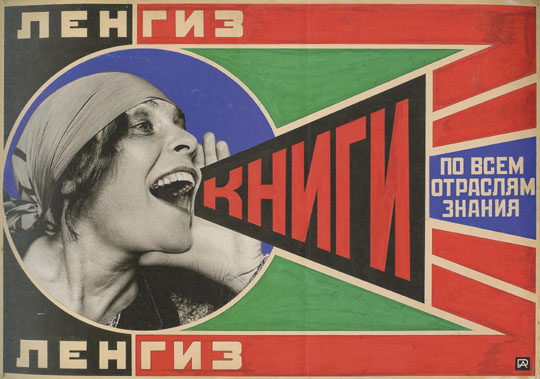The avant-garde generally gravitates toward absolutes; you're either with them or against them. But how often in history has progressive art been created in service of the state's one-size-fits-all ideology? Not many, and perhaps the best-known example is the group that appeared in a brief window of time between Old World czars and the iron fist of Josef Stalin: the Russian Constructivists.
Flourishing for more than a decade in the wake of the 1917 October revolution, they were part of the larger bonfire of European Modernism. Instead of springing out of elitist manifestos written in smoke-filled salons, though, this group of forward-looking artists saw themselves as being at one with the masses, creating for the working people and the state. As leading Constructivist Vladmir Tatlin once said, their goal must be to take "Art into Life."
The current exhibition at the Tokyo Metropolitan Teien Art Museum in Meguro, "Aleksandr Rodchenko & Varvara Stepanova: Visions of Constructivism," focuses on two major artists, who were married to each other as well as to this extremely influential movement. First meeting in 1913 at art school in Odessa, Rodchenko and Stepanova created an expansive oeuvre, both together and independently, that encompassed painting, sculpture, drawings, photography, cinema, as well as designs for stage, fashion and advertising.



















With your current subscription plan you can comment on stories. However, before writing your first comment, please create a display name in the Profile section of your subscriber account page.